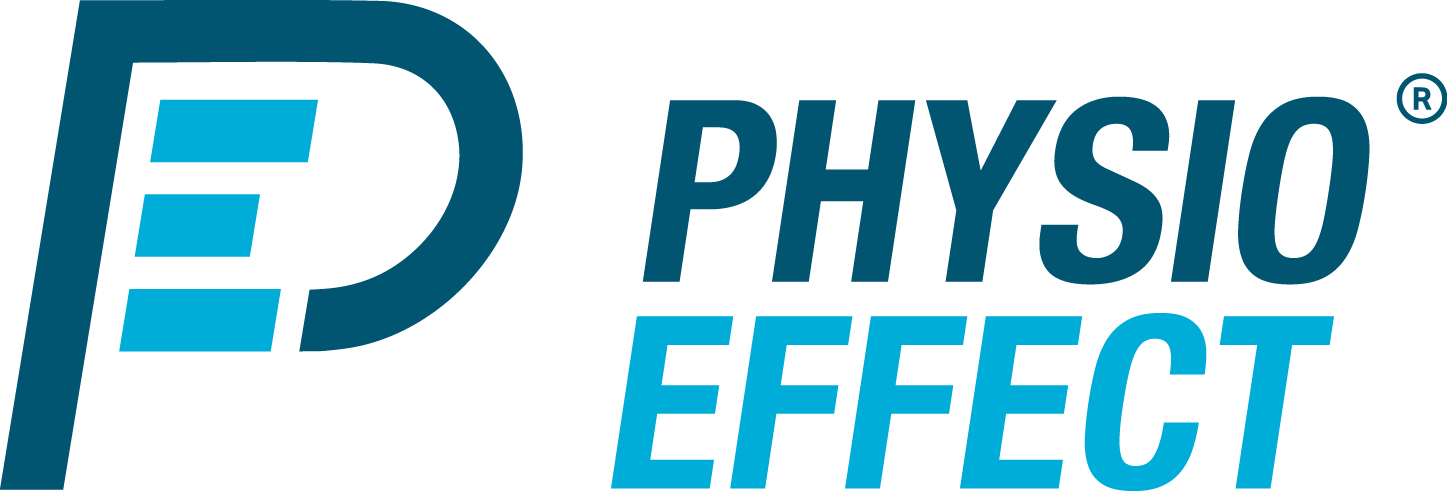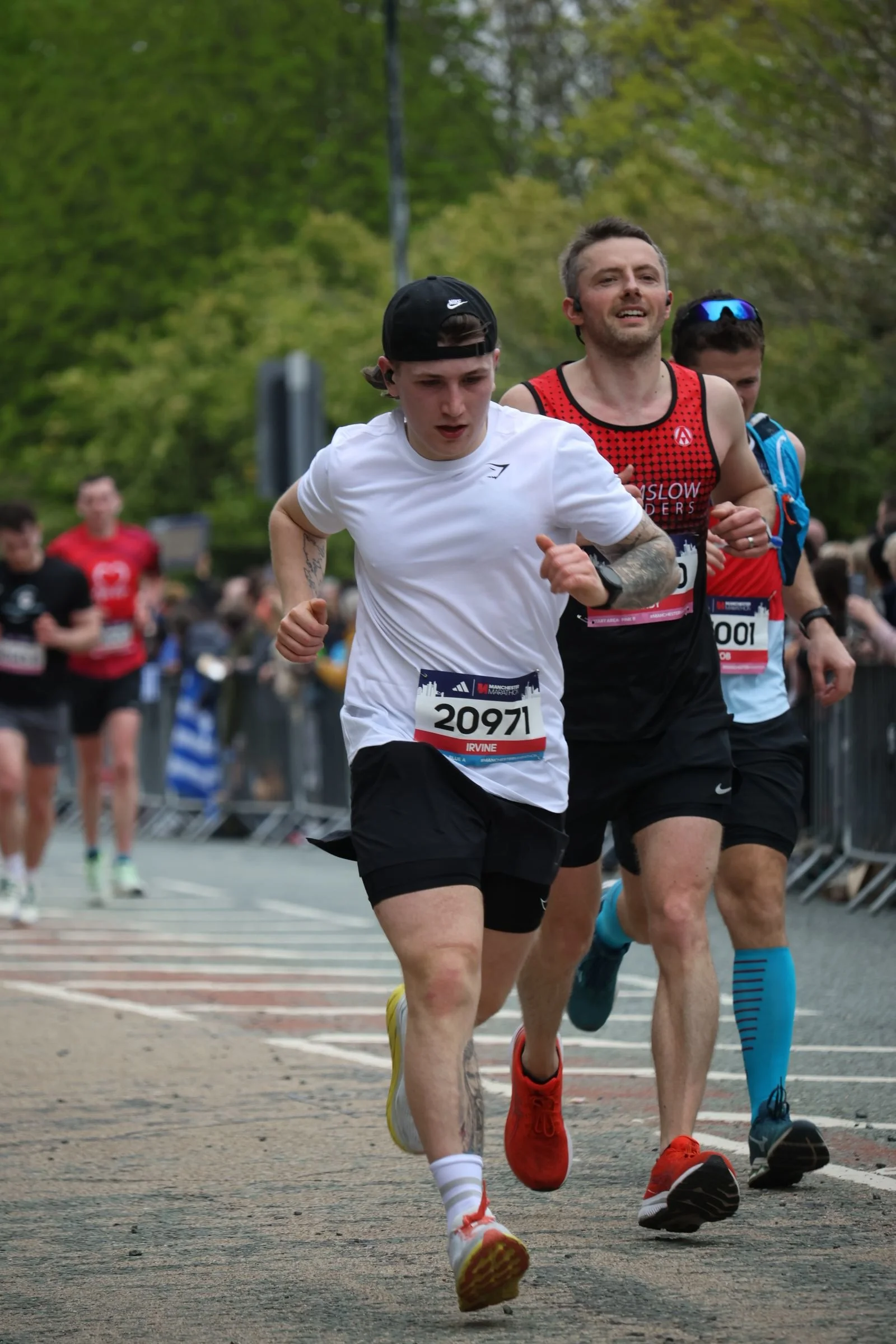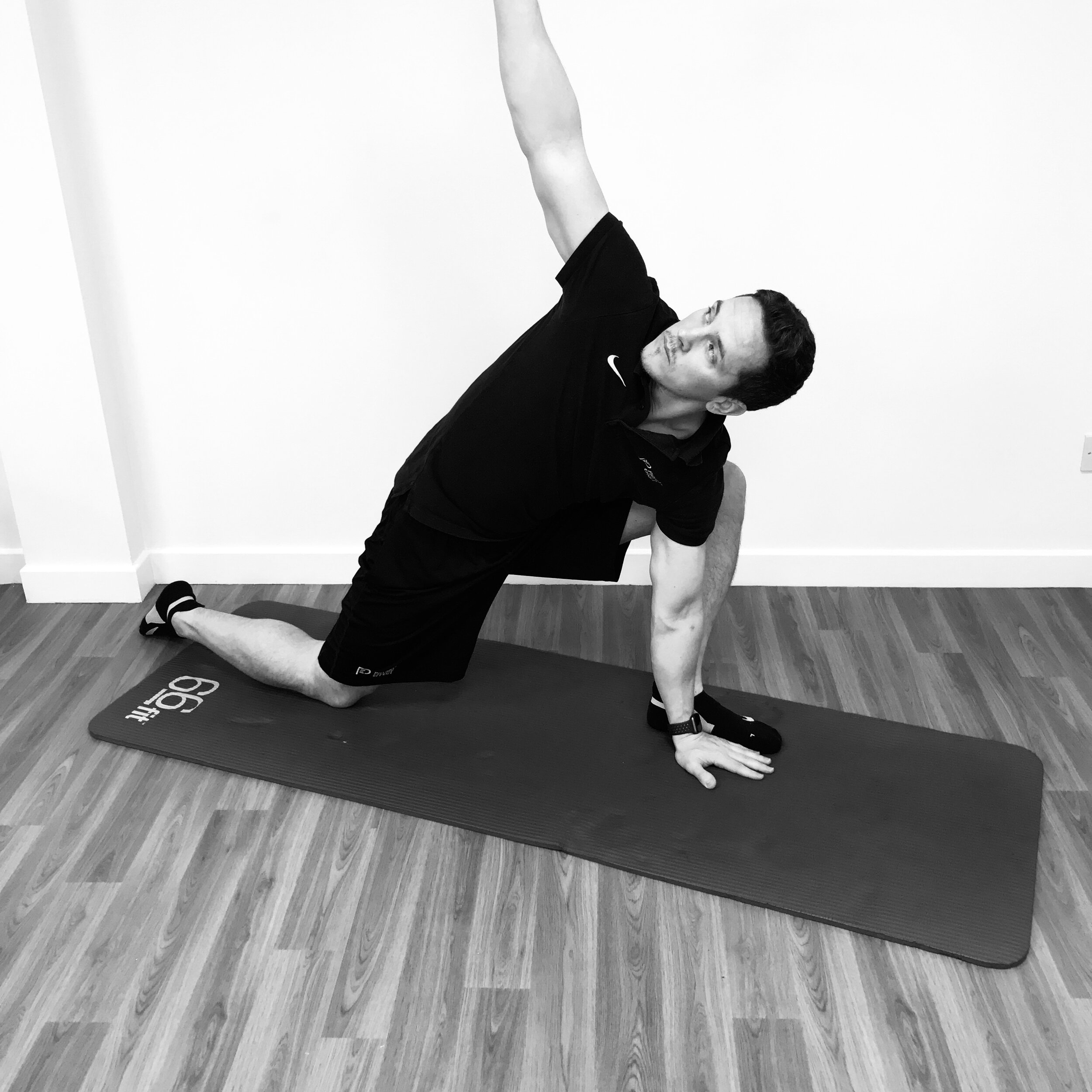Read how Lewis planned, trained and ran his first marathon. Helpful insights and tips with some guidance from our resident Running Physio expert Jonny Kilpatrick
The Bob Graham Round
Early Postpartum Tips for Pelvic Floor
The Core
Pelvic Organ Prolapse
Sports Massage FAQs
Often, before, during and after a Sports Massage I get asked a handful of questions surrounding the topic. Therefore, I have compiled a list of FAQs that may help put a lot of minds to ease with this easy-to-follow guide and reason as to why you should get a Sports Massage.
Sports Massage – What is it and what does it do?
Warming up the rotator cuff
A Sports massage is a form of massage using a variety of simple and specialist techniques to manipulate the soft tissue of the musculoskeletal system.
1. Sports massage has been shown to increase muscle flexibility in the acute stage. This means that following your sports massage you will be capable of reaching positions that you struggled with prior to the massage. An example of this would be simply struggling to touch your toes, if this is due to extremely tight hamstrings then a sports massage on this area may improve blood flow to said area and allow you to reach the range you aim for.
https://www.ncbi.nlm.nih.gov/pmc/articles/PMC7716682/
2. Sports massage has also been shown to aid recovery. As someone who trains you will undergo periods of stress on the body that will build up over time often known as DOMS (Delayed Onset Muscle Soreness). A sports massage will vastly improve circulation into these areas deprived of oxygen and nutrients and reduce the severity of the dreaded DOMS. https://bmjopensem.bmj.com/content/6/1/e000614
https://bjsm.bmj.com/content/32/3/212
3. Sports massage has also been proven time and time again to improve blood flow. In turn, this will enhance oxygen and nutrient delivery into your muscles which will allow them to feel better and more robust.
Who would benefit from a Sports Massage?
Everyone! From the everyday athlete and weekend warrior to the elite sports athlete. If you exercise as part of your routine then often, your body may begin to generate some fatigue, therefore, it is vital to take care of the impact your workouts are having on your body. (I am, however, quite the hypocrite as I do not receive massages as often as I should, whoops)
Muscle Energy Techniques (MET) on Hamstring
When can I train again after a massage?
As a general rule of thumb, I suggest that you should have a massage either on the same day as a rest day or the day before a rest day. The rationale for this, is that you will often feel tired after a massage as it puts your body into the ‘recovery process’. Post massage, your body activates the parasympathetic nervous system which allows your body to recover, thus, inflammation happens in the targeted muscle groups so that you can get back to a stronger condition afterwards.
Why do I get told to drink plenty of water after a massage?
After a massage, as previously mentioned, blood flow is improved, therefore the blood needs to continue to be oxygenated to deliver the right nutrients to the right areas, by drinking water this aids this process and prevents the risk of dehydration. As massage can be quite uncomfortable if your muscles are particularly tight, then your heart rate might spike during the treatment which will cause you to sweat and potentially cause fluid loss, so this by drinking enough you will replenish this lost fluid.
https://www.huffpost.com/entry/water-after-a-massage_n_2075604
How often should I get a massage?
There are various studies suggestive of different frequencies for massage but in my opinion, I believe it’s very individualised. A few examples are as follow.
If you are training at a moderate to high level (training 4-6 times a week), a sports massage once every 2-3 weeks should be enough.
During Jonny’s training, (one of our Physios here at Physio Effect) I had the privilege of providing him with a fortnightly sports massage which he found made a massive difference while pushing his body to new limits in his training to run the west highland way in December 2021. He stated that “the regular release of the muscle groups in my legs that were being overloaded with training allowed me to complete a 12-week plan for the first time ever without regular minor niggles to different muscles and joints in my legs. With the high training volume and a busy life, I often find it difficult to keep on top of my own soft tissue release and maintenance, so having the regular massage appointment in my diary meant I was able to focus my time and efforts into the more enjoyable training than torturing myself late in the evening on a foam roller. It also allowed me to have regular quality work done to a long-standing knee issue that I feel avoided it is flaring up beyond a manageable level in my training. I will absolutely be doing this on future training blocks for my various running events.”
If you are an elite athlete (2 a day sessions) then once a week would be the most optimal.
If you work a moderate to intense job/Occupational factors that involves either sitting in a compromised postural position or carrying heavy loads, then a massage once every 3-4 weeks would suffice. However, it is individual dependant as I myself, only get one every 2 months or so as it this fits my lifestyle.
https://www.onemassagetherapy.co.uk/how-often-should-you-get-a-massage/
Is a sports massage sore?
This is a question that is dependent on an individual’s pain tolerance, using myself as an example I get nervous prior to any form of body work as I expect it to be sore. However, using one of my managers Jonny as an example in which he won’t mind me saying, he is okay with a sports massage and tolerates them well, albeit that he receives them frequently and has built up a good tolerance towards them.
The pressure of the massage we provide is always adapted through the variety of techniques we use throughout the treatment so this will go from some light techniques in order to warm the tissue up at the beginning and end of the treatment with some specific deeper techniques throughout.
Gua Sha Scraping on the Pec (not the nicest)
When should I NOT get a massage?
If you have an acute injury (within the first 3 days of the injury occurring) I would not book in for a sports massage. The reason for this is that the injured area will be begin the healing process resulting in pain and inflammation. Massaging this area would only aggravate the injured tissue and potentially make the injury worse.
I hope this blog answers common queries and questions and we’ll be more than happy to answer any more questions either via email - reception@physioeffect.co.uk or by phoning us on 01412304766
What is Pelvic Floor Physiotherapy?
Proprioception Drills for Hill Runners
Trail and hill running as a sport is demanding on our bodies. Common injuries are often as a result of overloading an area of the body not able to meet the demands placed on it, particularly as running is a repetitive, high-impact activity. Here are some of our favourite exercises to help improve strength, proprioception and build fatigue resistance to improve your running economy.

















